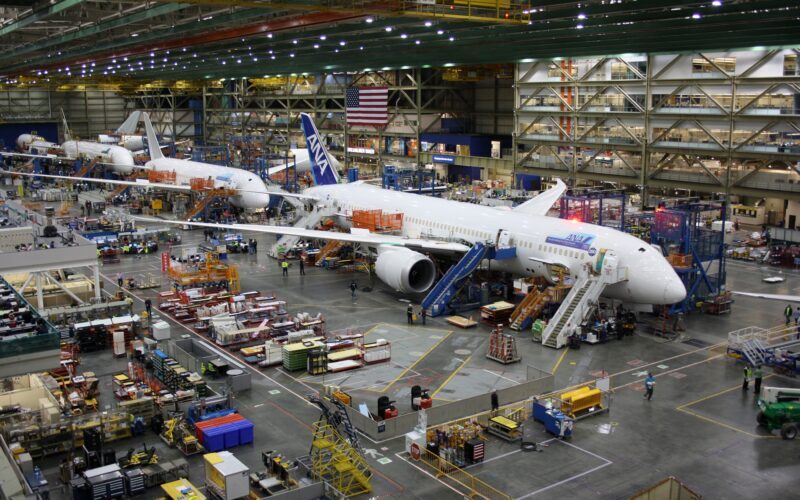Boeing says manufacturing and parts issues will slow 737 Max deliveries

Regarding Boeing 737 Max manufacturing and parts issues, “When you see one roach, there are likely more,” “Boeing’s worst enemy continues to be themselves” analyst says.
Boeing’s recent disclosure that 737 Max production might be hindered by manufacturing issues over parts that help keep the tail on the jets could indicate deeper problems within the jet maker, its suppliers and regulators, BofA analysts said in a note on Monday.
The analysts said that after the news dropped on Thursday, they spent much of the next day answering investors’ questions: How much would any fix cost? How many jets were affected? What would the impact be on Boeing BA overall?
Boeing last week said that the manufacturing issues risked gumming up production and deliveries of “a significant number” of its 737 Max jets. The problem was related to two fittings that help keep the vertical tail on the body of the jet, the BofA analysts said. Boeing said that a supplier — reportedly Spirit AeroSystems Holdings Inc. SPR — had notified them of a “non-standard manufacturing process” used to install the fittings on some 737 models.
“This is not an immediate safety of flight issue and the in-service fleet can continue operating safely,” a Boeing spokesperson said on Thursday. “However, the issue will likely affect a significant number of undelivered 737 Max airplanes, both in production and in storage.”
The production and delivery snags are the latest difficulty for the jet, which was grounded in 2019 following two fatal crashes. The Federal Aviation Administration allowed the jets to begin carrying passengers again in late 2020.
“First of all, literally thousands of 737s have been produced — why did this issue creep into the process in the first place?” the BofA analysts said. “Secondly, post the 737-Max tragedies, how did this slip through? We, the investment community, we were told the Max was one of the most vetted aircraft in history, given its effective recertification with the FAA. Does the blame lie with Boeing, the FAA or the supply chain or all three?”
The analysts continued: “To hit financial targets was there so much pressure on suppliers they felt implored to cut corners? We think it is honestly hard to say. This will likely require increased oversight from Boeing and the FAA. Pick your cliche. We like, ‘When you see one roach, there are likely more.’”
Shares of Boeing were up around 1% on Monday. The analysts had a neutral rating on the stock, the equivalent of hold.
The BofA analysts said that cost estimates for a potential fix varied widely and noted that they wished Boeing had offered more information up front.
“We have heard everything from $70K per aircraft to upwards of $1 [million],” the analysts wrote. “From an investor perspective, we think it would have been helpful for Boeing to have released an 8-K specifying what they knew and did not know about the situation, but instead we end up with the Wall Street version of the children’s ‘Telephone Game’ and lots of speculation.”
The analysts said that any fix for planes yet to built would be easy. But a fix for already assembled fuselages and jets, and for the jets that are already in service, would likely mean a modified fitting, and the installation process would require some degree of FAA clearance.
“Ultimately, Boeing’s worst enemy continues to be themselves. Each step Boeing has taken toward improvement seems to be almost in lockstep with an executional misstep,” the analysts said.
Shares of Boeing have risen 13.9% over the past 12 months. By comparison, the S&P 500 SPX has fallen 5.7% over that period. marketwatch.com
